Fender Pro Junior vs Blues Junior: which should you buy?
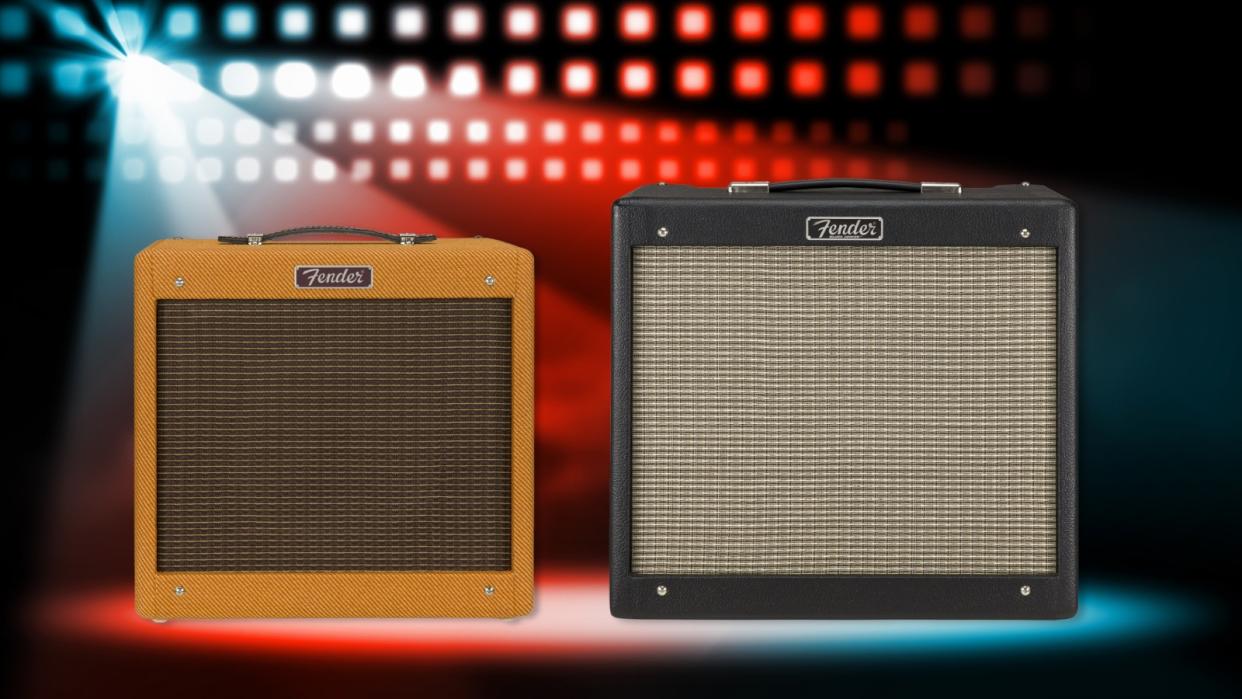
It seems every time we rock up to a gig these days there’s a multitude of small combo amps on stage. Thanks to the majority of venues tending to mic up guitar amps for more control, it’s no longer really necessary to run that huge 4x12 rig to get a great live sound. With a small combo, you can take your sound from home to rehearsal, to the studio, and to the stage without ever compromising on your signature sound.
Two of the most popular tube combos on the market today are the Fender Pro Junior and the Fender Blues Junior. They’re both amongst the best-selling Fender amps and have been used live by pro guitarists like Jeff Beck, The Edge, Derek Trucks, and Noel Gallagher amongst many others. Proof that a small tube combo is not to be overlooked when it comes to gigging amplifiers.
But which is the best amp for you? They’re both similar in terms of size, sound, and cost so separating the two will be difficult, but luckily for you we’ve played both amps extensively to get a proper grasp of which is best.
Fender Pro Junior vs Blues Junior: At a glance
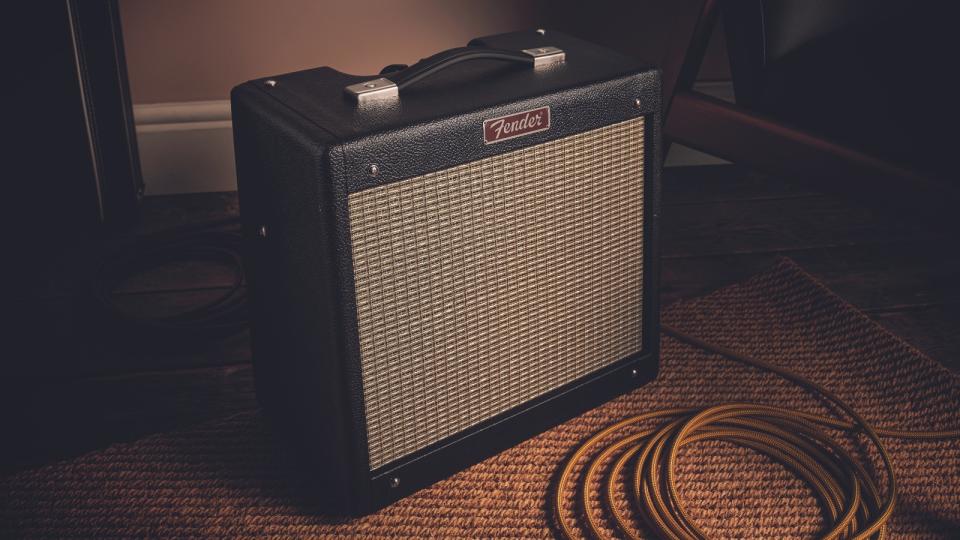
Starting with the smaller Pro Junior, you get 15 watts of tube-driven power with a 1x10-inch Jensen P10R speaker. It’s got two 12AX7 tubes in the preamp stage, two EL84 tubes in the power amp, and a solid-state rectifier. The control panel is incredibly simple with just two chickenhead knobs for volume and tone, a single input, a power switch, and a red jewel LED.
The Blues Junior offers a few more features, with the same 15 watts of tube power but a larger 12-inch Celestion A-type speaker. It also has a similar lineup of tubes with three 12AX7 preamp tubes, two EL84 in the power amp section, and a solid-state rectifier. In terms of controls, the Blues Junior expands things with volume, fat switch, dedicated bass, middle, and treble knobs, as well as master volume and reverb control.
We’ll caveat that there are many different versions of both the Pro Junior and the Blues Junior, but for the purposes of this comparison, we’ll be focusing on the latest iterations of both amps, with the Pro Junior IV and the Blues Junior IV being the focus of the contest.
Fender Pro Junior IV
Price: $649.99 / £589
Wattage: 15
Speaker: 1x10 Jensen P10R
Preamp tubes: 2x 12AX7
Power amp tubes: 2x EL84
Rectifier: Solid state
Controls: Volume, tone
Fender Blues Junior IV
Price: $749.99 / £699
Wattage: 15
Speaker: 1x12 Celestion A-type
Preamp tubes: 3x 12AX7
Power amp tubes: 2x EL84
Rectifier: Solid state
Controls: Volume, bass, middle, treble, master, reverb
Fender Pro Junior vs Blues Junior: Hardware & Features
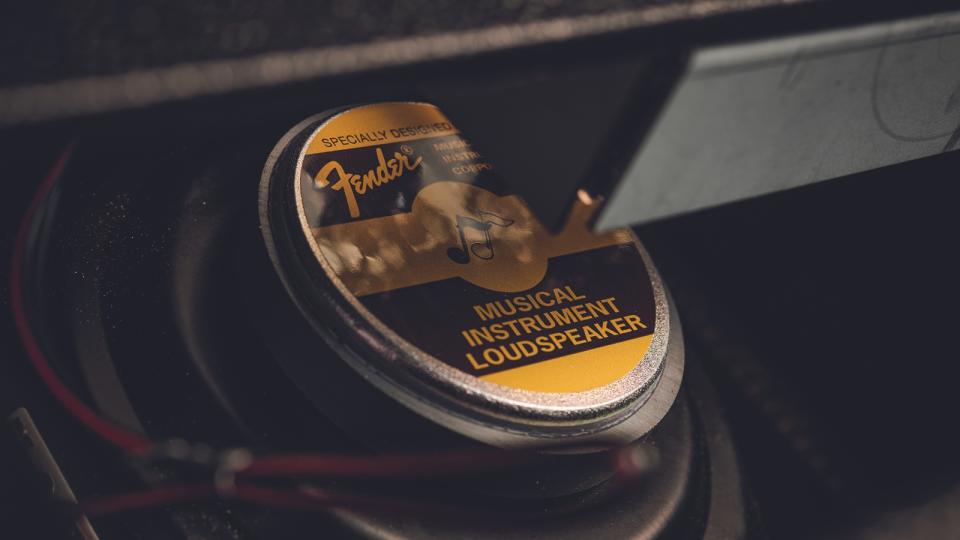
These amps are very close in a number of ways, which makes it a difficult choice between the two. Both output 15 watts and feature 12AX7 preamp tubes and EL84 power amp tubes, with the Blues Junior featuring an extra 12AX7. Both have solid-state rectifiers that deliver a punchier, more modern sound than the classic ‘sag’ of a tube rectifier.
They differ in speaker size however, with the Pro Junior housing a 10-inch Jensen P10R while the Blues Junior houses a slightly larger 12-inch Celestion A-type. The Pro Junior has a very simple control set with just a volume and tone knob to dial in sounds, whilst the Blues Junior ups the ante in terms of features with a full 3-band EQ, a ‘fat’ switch for boosting the midrange with included footswitch as well as a built-in spring reverb, giving the Blues Junior a much heartier feature set.
Winner: When it comes to pure numbers, the Blues Junior is the clear winner here thanks to its dedicated 3-band EQ, built-in spring reverb, and fat switch.
Fender Pro Junior vs Blues Junior: Build Quality & Design
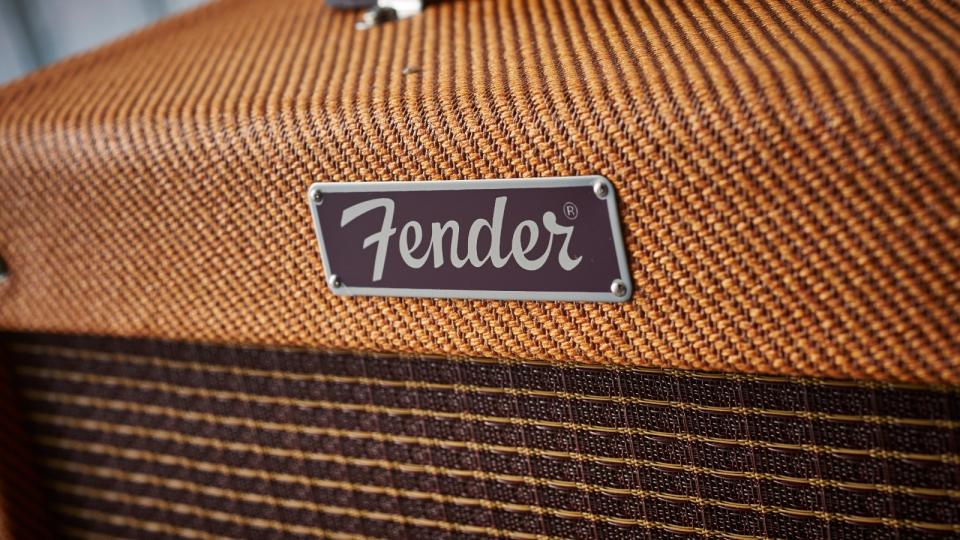
Once again it’s tough to separate the two here. Both amps look remarkably similar with classic Fender ‘spaghetti’ logos, visible screws on the front, and a grill on the back that shows off their tube complement. Both also feature steel-reinforced handles, chickenhead amp knobs, and red LED jewel lights with a toggle switch for turning them on and off. They’re similar sizes too, but the Blues Junior is ever so slightly bigger and heavier than the Pro Junior.
Both are ruggedly built amps that are designed for gigging thanks to the particle board cabinet but this is where the similarities end. The Pro Junior has a stunning-looking lacquered tweed cover that really gives it that vintage Fender amp look, whereas the Blues Junior takes a more workmanlike appearance with black textured vinyl. Both feature vintage-style grill cloths with the Pro Junior keeping its 50s-inspired theme and the Blues Junior sporting a lightly-aged cloth with that signature Fender sparkle.
The Pro Junior has a chrome front panel that looks lovely but is prone to getting dirtied up with fingerprints. It’s also pretty difficult to make out even at normal light levels sometimes, but it’s especially unintelligible on a dark stage. The Blues Junior has a more staple black front panel but we do love the contrast white chickenhead knobs it has and it is a lot easier to read the panel for your settings. The Pro Junior adds a vintage leather strap that in our opinion is much nicer than the molded plastic one of the Blues Junior.
Winner: It’s an easy win for the Pro Junior here, both amps are equal in terms of build quality, but for us that stunning tweed cover and ’50s grill cloth combo makes the Pro Junior stand out against the orthodox looking black of the Blues Junior.
Fender Pro Junior vs Blues Junior: Playability
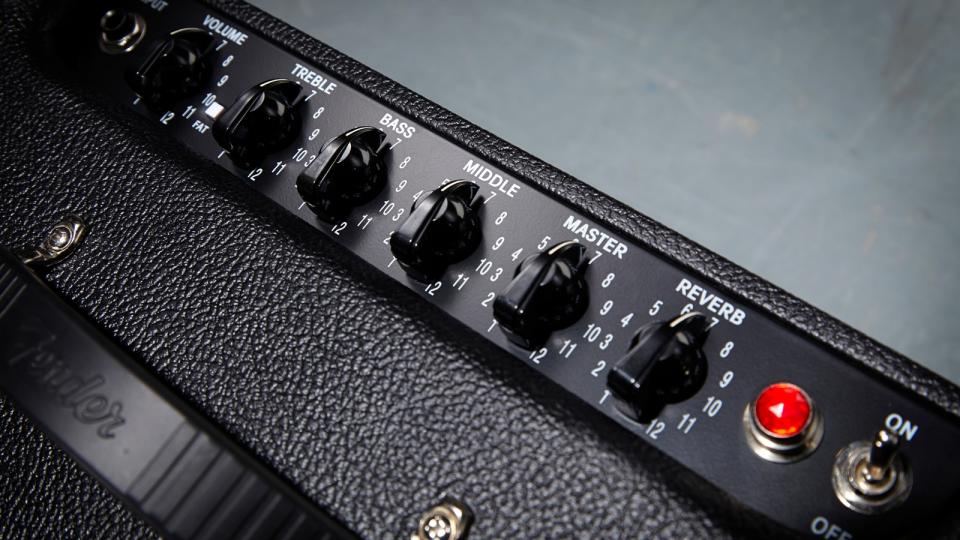
Just like they share many physical similarities, so too are these amps similar in terms of playability. There’s no modeling amp mumbo-jumbo or fancy simulated outputs, just one input and a whole lot of glorious guitar tones from the pair of them. Both go a different way about achieving this, but both are inherently easy to use.
The Pro Junior is about as simple as guitar amps get when it comes to playing. It’s got a single input, single volume, and single tone knob, making it a breeze to get up and running. It’s one thing we adore about the Pro Junior is that it encourages you to tweak less and play more, relying on your technique or guitar pedals to help augment your playing.
The Blues Junior on the other hand takes a little more dialing in as you have more options when it comes to tone. It’s still a relatively simple affair to dial in a great sound, but you can add reverb for extra flavor and utilize the fat switch for a nice boost to your lead guitar work or to buff up those chorus chords. The included footswitch is a welcome addition too, as many manufacturers require you to buy these separately and it’s nice to not have to run back to the amp to engage it.
Winner: We’ll have to call this one a draw. Both are simple to use and whilst the Blues Junior has more options, the Pro Junior makes up for its lack of bells and whistles with its ease of use.
Fender Pro Junior vs Blues Junior: Sounds
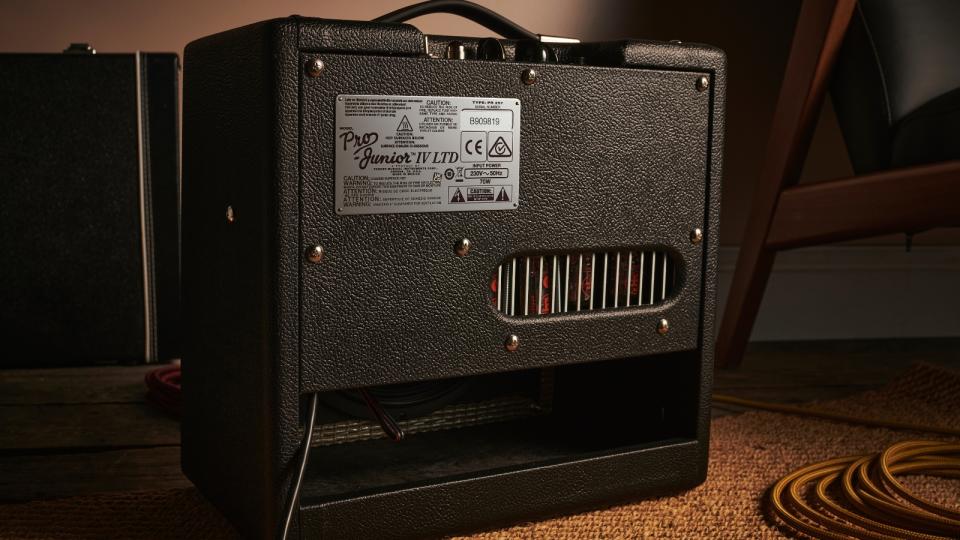
You may notice a theme here, but once again these amps share many similarities when it comes to tone. Both do that classic, spanky Fender clean, and both will go to a nice overdriven sound when you drive them harder. However, there are distinct qualities that are different in both thanks to the contrasting control set and separate speakers sizes.
The Pro Junior has a tiny bit less low-end thanks to the smaller speaker, but we’d wager most people in an audience wouldn’t be able to tell the difference between its 10-inch speaker and 12-inch equipped Blues Junior, particularly as it’ll most likely be going through an SM57 with a high pass filter applied at the desk.
To us, the Pro Junior has a more open and organic sound than the Blues Junior but it needs to be played loud to achieve this. It’s a one-trick pony, but that one trick is really quite good. It’s fantastic with pedals, whether you want to grab the overdrive earlier with a booster or just slam it with fuzz it’ll respond really well. There’s an excellent amount of clean headroom on offer too, but you may run out at louder volumes before some of the more powerful pedal platform amps out there. If you like a bit of breakup in your tone then it’s a great option for pedal lovers.
The Blues Junior isn’t quite as sonically pleasing to our ear at higher volumes, but it’s certainly more versatile at lower ones thanks to the addition of a master volume control. This means you can get similar tones at lower volumes than the Pro, which is what makes it such a regular gigging workhorse. The fat switch is a useful addition too, boosting the mids and increasing the input gain. The included footswitch is a welcome addition, giving you a way to bring out your guitar even if you’re not a user of pedals. Finally, there’s an onboard spring reverb which gives you another tool in your tone armory.
Winner: We’ll admit this is a very subjective category, but to our ear, the Pro Junior ever so slightly edges this one thanks to its open and organic timbre.
Fender Pro Junior vs Blues Junior: Verdict
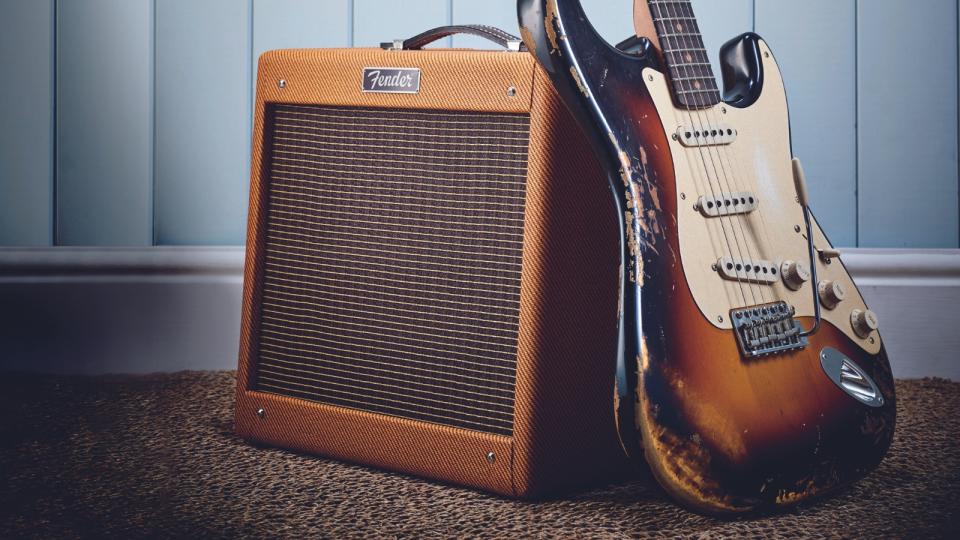
In our personal opinion, we’d go for the Pro Junior. There’s something about it that feels more open and natural over the Blues Junior, especially at higher volumes. However, this is also its downfall, as you’ll need to play it cranked to get the best out of it and that’s not always an option. We’re lucky enough to have our own rehearsal space where we can dime an amp and not worry about partners or neighbors, but we appreciate not everyone has this option.
If you’re needing more versatility and to get great tone at lower volumes, then the Blues Junior is your friend. It’s still a 15-watt tube amp so your neighbors might not thank you, but you can at least use it at home during the daytime without anyone banging on the walls. It does that glassy Fender clean tone incredibly well and the three-band EQ gives you more flexibility with your base tone, which makes it one of the most popular pedal platforms for gigging guitarists.
Despite our personal preferences, these are both fantastic amplifiers, relatively lightweight, and relatively low in cost compared to other small tube combos in this category. This means either would be a fantastic choice for most guitar players and with this you can see why the pair are some of the most popular amplifiers ever made. We hate to call things a draw but in this instance, there really is very little separating these two fantastic amps.

